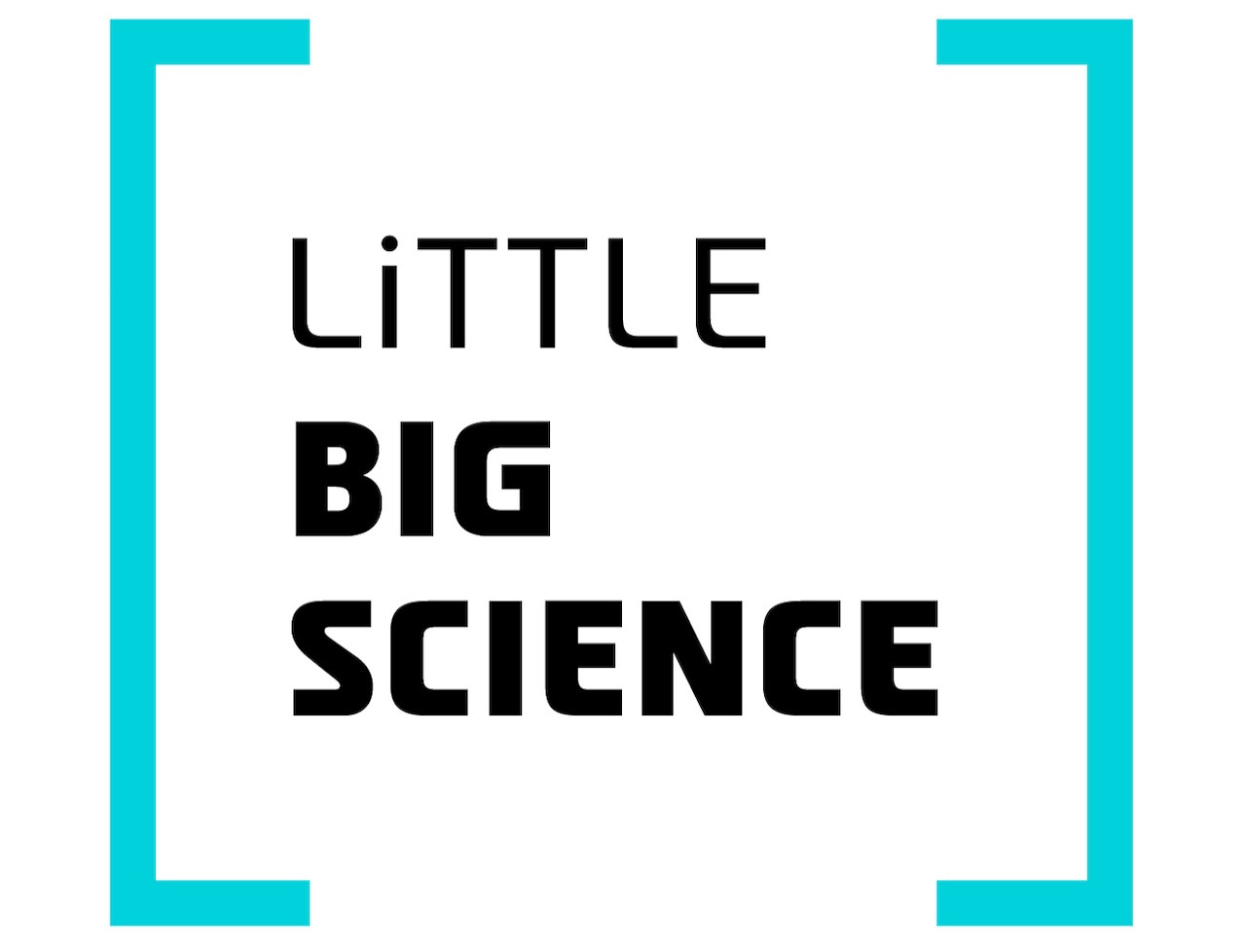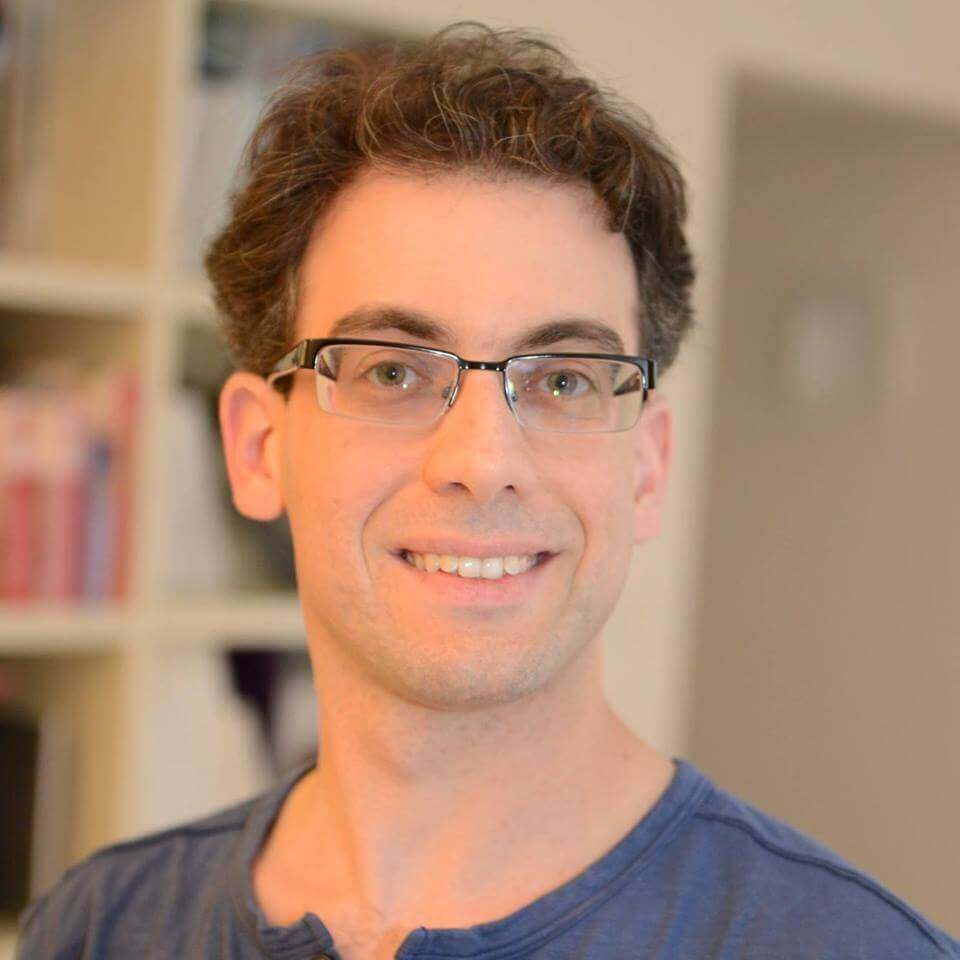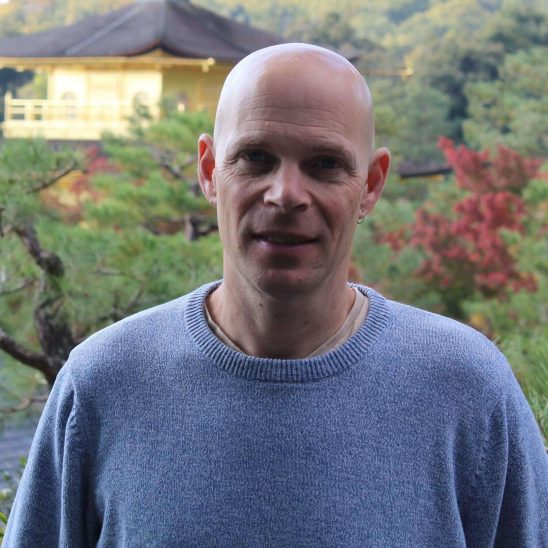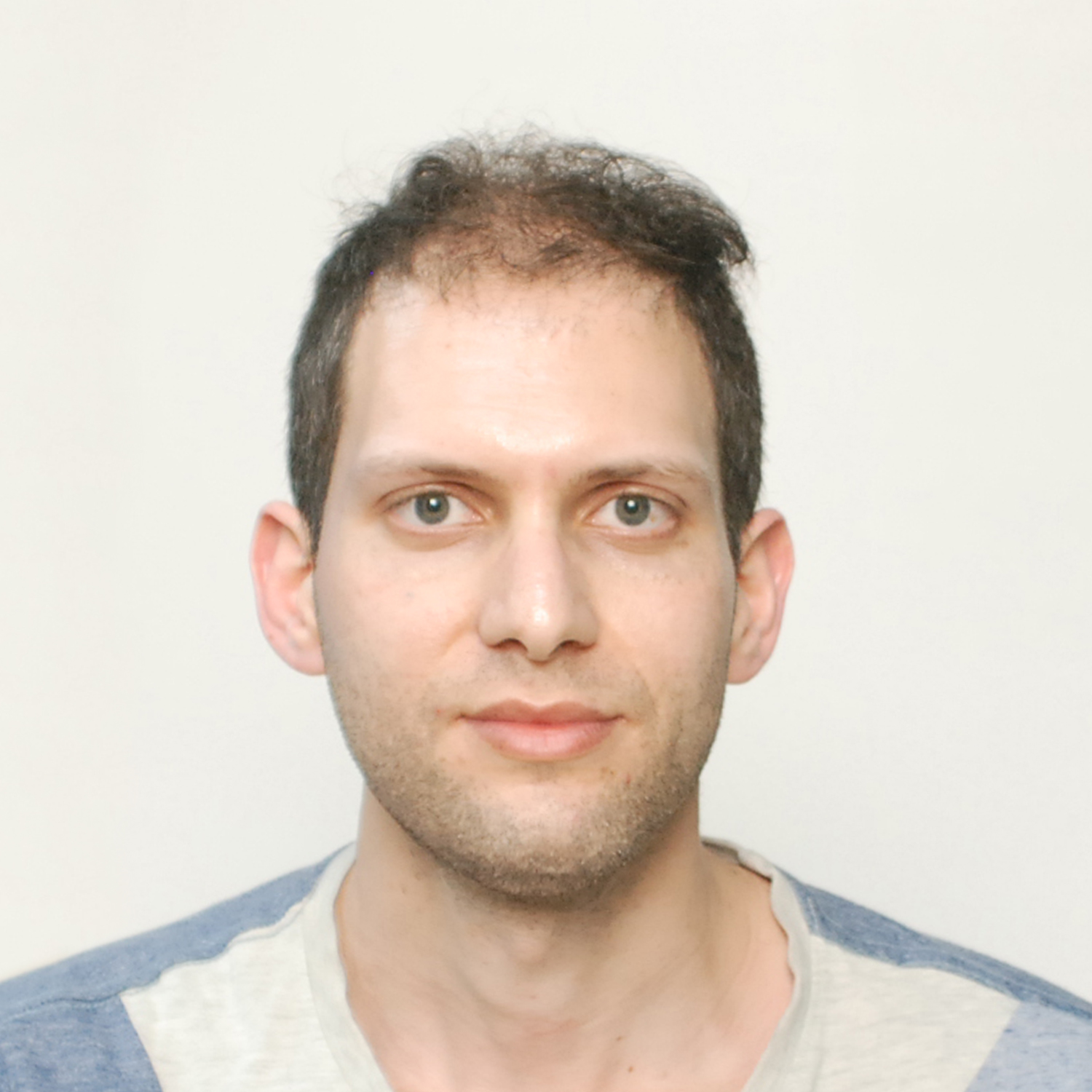The 2025 Nobel Prizes: Medicine, Physics and Chemistry
08/10/2025
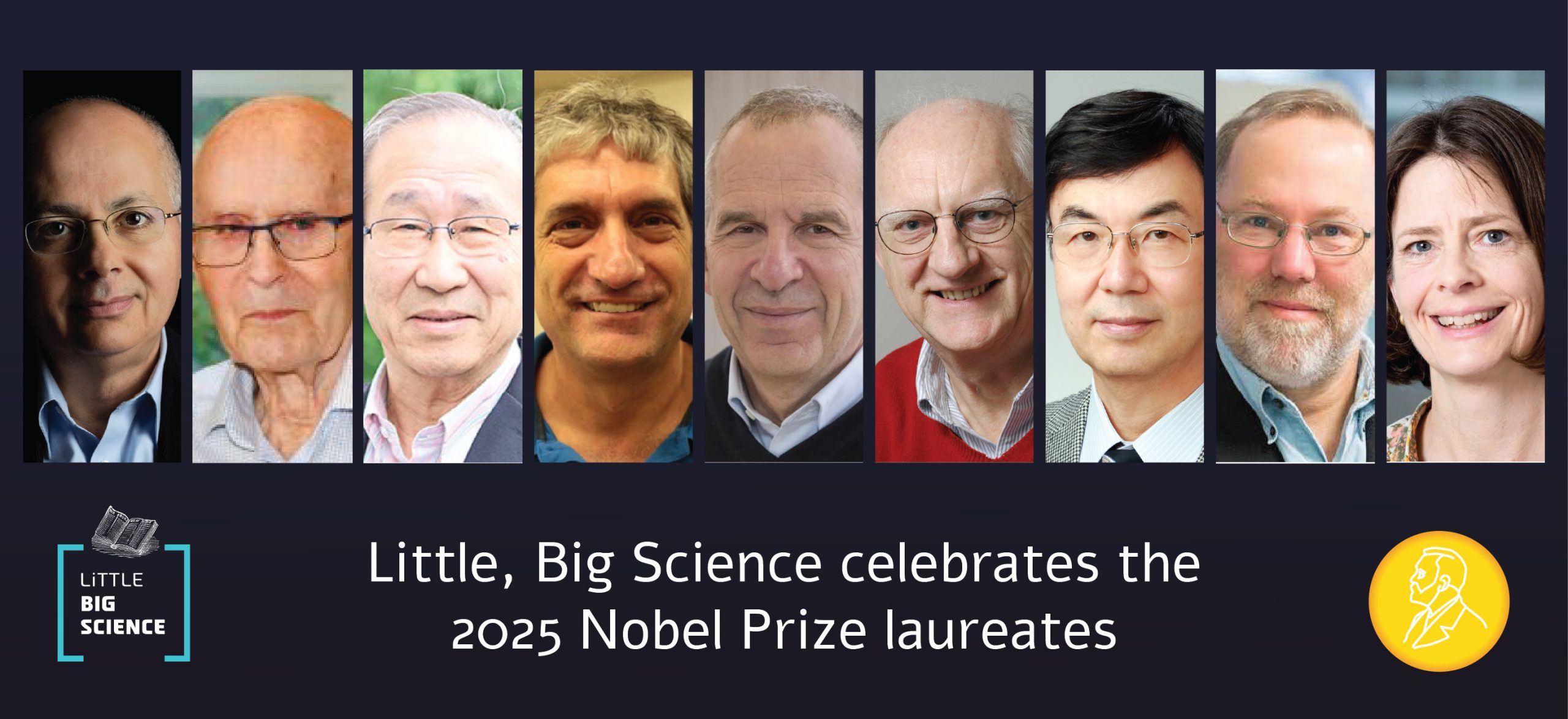
Advertisement
The 2025 Nobel Prize in Physiology or Medicine will be awarded to Mary Brunkow from the Institute for Systems Biology in Washington State, USA, to Fred Ramsdell from Sonoma Biotherapeutics in California, and to Shimon Sakaguchi from Osaka University in Japan for their contribution to the discovery of immune regulation mechanisms that prevent the immune system from attacking the body’s own tissues [1.1, 1.2].
Our immune system is a marvelous machine capable of detecting and attacking countless pathogens. An important arm of the immune system is the T cells, which can locate and eliminate abnormal body cells—such as those infected by a virus or cancerous cells. Each T cell carries a unique receptor that can bind to a specific target displayed on cells in the body. There is an almost infinite number of such targets, and unfortunately healthy body cells can also be recognized and attacked by T cells. So how does the immune system restrain T cells so they do not attack self-targets?
T cells are named after the thymus, the organ in which they mature. While in the thymus, T cells undergo a sort of test: if they bind to cells that present self-components, they “fail,” are filtered out, and undergo programmed cell death (apoptosis). If they do not bind, they proceed with differentiation. In this way, T cells capable of attacking the body are eliminated. But the mechanism is not perfect, and sometimes self-reactive cells escape destruction. The body has additional ways to regulate T cell activity after they have matured and dispersed, and this is where this year's laureates stepped in.
Shimon Sakaguchi studied mice whose thymus was removed early in life. As expected, their immune systems ran amok and the mice suffered from multiple autoimmune diseases. He saw that when such mice were injected with T cells from genetically identical mice with an intact thymus, their condition improved and autoimmune reactions subsided. Later, Sakaguchi and colleagues [1.3] identified a specific subset of T cells that helps prevent the autoimmune response in mice—regulatory T cells (Tregs) that produce the proteins CD4 and CD25. Researchers showed that these cells can temper the responses of other T cells, yet our understanding of them was still lacking. Enter the scurfy mice, created accidentally in the 1940s during the Manhattan Project to develop the atomic bomb (yes, this really happened—this is not a GPT hallucination).
While studying radiation damage in the Manhattan Project [1.4], researchers found that a mouse strain exposed to radiation had developed a problematic mutation: females were healthy, but half the males suffered from devastating autoimmune reactions, also manifesting in flakey skin (hence “scurfy”), and did not survive past a few weeks of life. Scientists realized that the gene causing the disease is on the X chromosome—of which females have two copies and males only one—but the disease mechanism was unclear.
Many years later, Mary Brunkow and Fred Ramsdell, who were studying autoimmune diseases at Celltech Chiroscience, became interested in these unusual mice. They succeeded in pinpointing the mutated gene that causes the disease [1.5], naming it Foxp3. At the time Brunkow and Ramsdell conducted their work, identifying a mutation in an unknown gene was a highly complex endeavor, well before today’s genomic-sequencing techniques. Brunkow, Ramsdell and colleagues also showed that the lethal autoimmune syndrome IPEX, which affects young boys, is the human version of the scurfy mouse disease, [1.6] and likewise results from a defect in the FOXP3 gene.
After the discovery of Foxp3 in mice, Sakaguchi’s group showed that the gene is expressed in regulatory T cells and that transferring the gene into ordinary T cells via viruses causes them to re-differentiate into regulatory T cells [1.7]. At the same time, Brunkow and Ramsdell demonstrated that regulatory T cells are absent in scurfy mice, and another research group showed that disruption of this gene induces an autoimmune syndrome similar to that of scurfy mice.
The laureates’ studies revealed an essential component of our immune system: regulatory T cells that moderate the peripheral immune response. In their absence, a severe multi-system autoimmune syndrome develops. The research also uncovered the genetic mechanism (Foxp3) responsible for the differentiation of regulatory T cells. These discoveries paved the way for future therapies: utilizing regulatory T cells to curb destructive immune responses in autoimmune diseases or in transplant rejection, and conversely reducing their activity to enhance anti-tumor immunity in cancer treatments. In fact, more than two hundred clinical trials are currently registered that involve interventions in regulatory T cell mechanisms [1.8, 1.9], targeting cancer, asthma, inflammatory bowel disease, and even slowing functional decline in amyotrophic lateral sclerosis (ALS). The discoveries honored by the Nobel Prize hold great promise for improving human health and treating severe diseases.
By Oren Auster
Hebrew editing: Galia Halevy Sadeh
The 2025 Nobel Prize in Physics will be awarded to John Clarke of the University of California, Berkeley, to Michel Devoret of Yale University and the University of California, Santa Barbara, and to John Martinis of the University of California, Santa Barbara. About forty years ago, the three laureates experimentally demonstrated how quantum tunneling occurs on a macroscopic scale, thereby laying the groundwork for today’s advanced quantum technologies [2.1, 2.2].
What is quantum tunneling? Imagine an athlete competing in the high jump. He reaches a five-meter wall and clearly cannot clear it because it is too high. The physical explanation is that the kinetic energy supplied by his leg muscles is insufficient; it cannot be converted into the large potential energy required to get over the wall.
Quantum physics tells a different and fascinating story about particles: even when they lack enough energy to overcome a potential barrier, they can still appear on the other side of the wall. Low-energy particles do not “leap” over the wall; they pass through it—and emerge on the other side.
A well-known natural example is alpha radioactive decay, in which particles confined in the nucleus occasionally “tunnel” through the potential barrier and escape.
Tunneling was once thought to be exclusively microscopic. The Nobel laureates in Physics demonstrated experimentally that quantum tunneling also occurs on a macroscopic scale—that is, within an entire electrical circuit, not just within a single atom.
The researchers built a circuit based on superconductors, in which a large group of electrons behaves as a collective quantum unit described by a single wavefunction of Cooper pairs (bound electron pairs). The circuit incorporated an ultrathin insulating layer forming a Josephson junction—two superconducting electrodes separated by a thin potential barrier [2.3]. In a series of experiments, Clarke, Devoret and Martinis showed that the collective wavefunction in the circuit can “jump” over the potential barrier, thereby generating a measurable voltage [2.4, 2.5].
This breakthrough laid the foundation for creating qubits—the basic units of quantum computers—based on superconductors. In these qubits, the current states in the circuit represent the two basis states of the quantum bit, and can also exist simultaneously, in superposition. The principle demonstrated and measured in the 1980s now underpins advanced quantum technologies, including ultra-sensitive quantum sensors, high-precision quantum clocks, and quantum computers [2.6], developed by leading companies such as Google and IBM.
By Adi Armoni and Maya Tsur
Hebrew editing: Smadar Raban
The 2025 Nobel Prize in Chemistry will be awarded to Susumu Kitagawa of Kyoto University in Japan, to Richard Robson of the University of Melbourne in Australia, and to Omar Yaghi (originally: ياغي in Arabic) of the University of California, Berkeley. The prize honors their contributions to the development of metal-organic frameworks (MOFs), which have an exceptionally wide range of applications, from gas capture to catalyzing chemical reactions [3.1, 3.2].
Metal-organic frameworks (MOFs) are a special class of polymers with molecular-level architecture that can be likened to a building’s skeleton: they consist of clusters of metal ions—the “building blocks”—connected by organic molecules that serve as the “beams” or pillars of the microscopic structure. This combination forms an ordered crystalline network made of chains containing large pores and cavities—essentially a microscopic sponge with an enormous surface area thanks to its high porosity. These cavities, whose dimensions and properties can be tailored for purpose, allowing MOFs to trap, store or filter gases and other chemicals, catalyze reactions, and even conduct electricity—depending on the intended application [3.3].
The breakthrough began in 1989, when Richard Robson combined positively charged copper ions with a four-armed organic molecule whose ends bore nitrile groups (CN⁻) that are attracted to copper ions and bind to them. The result was a diamond-like crystalline structure containing countless cavities [3.4]. Robson recognized the potential of such frameworks, but the specific structure he created was unstable and easily fell apart.
Between 1992 and 2003, Yaghi and Kitagawa, working independently, made several significant discoveries that improved the stability of these materials. Kitagawa showed that gases can freely flow in and out of the cavities and predicted that flexible versions of these structures could be developed [3.5]. Yaghi produced exceptionally stable MOFs and demonstrated that their properties can be tuned on demand: through meticulous design of the building blocks, one can achieve selective or more efficient uptake of specific substances, enable electrical conduction, and more. Yaghi is regarded as a pioneer in developing reticular materials—a family that includes metal–organic frameworks, covalent organic frameworks and zeolitic imidazolate frameworks [3.6].
Following the groundbreaking discoveries of Robson, Kitagawa and Yaghi, chemists worldwide have created tens of thousands of MOF types for diverse applications—from extracting water from dry desert air, to capturing toxic gases in polluting factories, and reducing carbon emissions by trapping carbon dioxide from the atmosphere. MOFs have many additional applications, including catalysis, drug delivery systems, and serving as semiconductors in the electronics industry. They also hold promise in green energy applications, such as lithium-battery electrodes and safe hydrogen storage. These few examples highlight the immense potential of MOFs in modern chemistry and in addressing some of humanity’s greatest environmental challenges [3.7, 3.8].
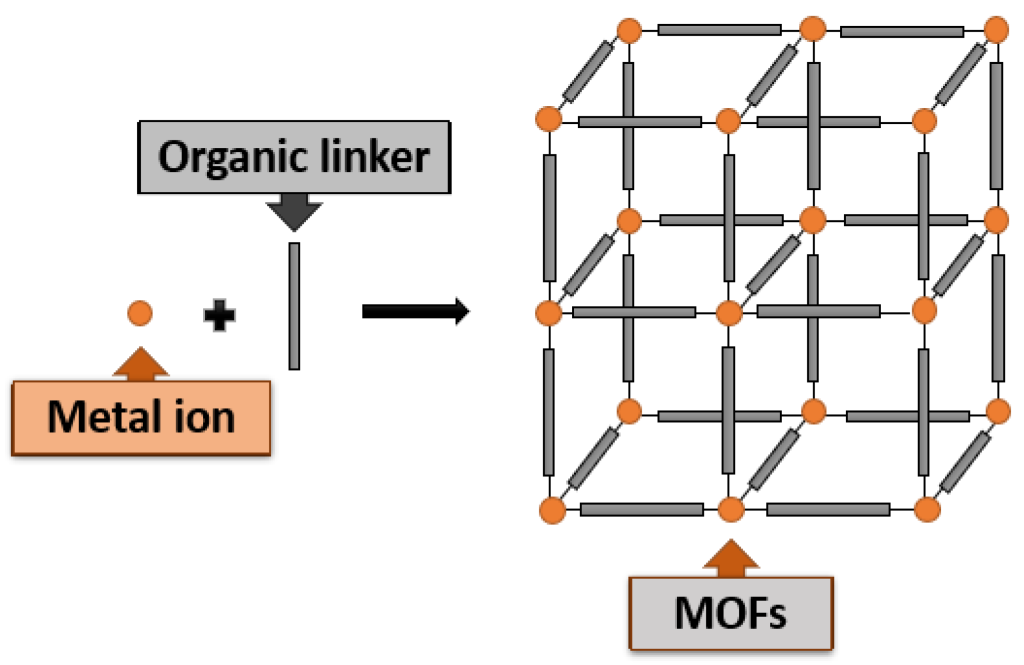
The basic structure of metal-organic frameworks (MOFs) | Naser, et al., Coatings, 2023
By Shay Avisar
Hebrew editing: Smadar Raban
English editing: Elee Shimshoni
References:
[1.1] Press release for the 2025 Nobel Prize in Physiology or Medicine from the Nobel Prize website
[1.2] Scientific background for the 2025 Nobel Prize in Physiology or Medicine
[1.3] Sakaguchi’s study identifying regulatory T cells for the first time
[1.4] On the history of the scurfy mice
[1.5] The study in which Brunkow and Ramsdell discovered the Foxp3 gene
[1.6] The study showing that the human disease IPEX is caused by a FOXP3 mutation
[1.7] Sakaguchi’s study establishing Foxp3 as the driver of regulatory T cell differentiation
[1.8] Clinical trial of regulatory T cells for ALS treatment
[1.9] Clinical studies on regulatory T cells, UCSF
[2.1] Press release for the 2025 Nobel Prize in Physics from the Nobel Prize website
[2.2] Scientific background for the 2025 Nobel Prize in Physics
[2.3] Series of papers describing the experiments that earned Clarke, Devoret and Martinis the prize: 1, 2, 3
[2.4] Post on superconductivity and tunneling (part 1)
[2.5] Post on superconductivity and tunneling (part 2)
[2.6] Post on quantum computing
[3.1] Press release for the 2025 Nobel Prize in Chemistry from the Nobel Prize website
[3.2] Scientific background for the 2025 Nobel Prize in Chemistry
[3.3] Explanation of MOFs
[3.4] Robson’s paper describing the diamond-like structure built from copper ions and CN groups
[3.5] Kitagawa’s paper demonstrating gas uptake in MOFs
[3.6] Yaghi’s paper on MOF selectivity and uptake capacity
[3.7] Brief review article on MOFs
[3.8] Comprehensive review on MOFs and their diverse applications
